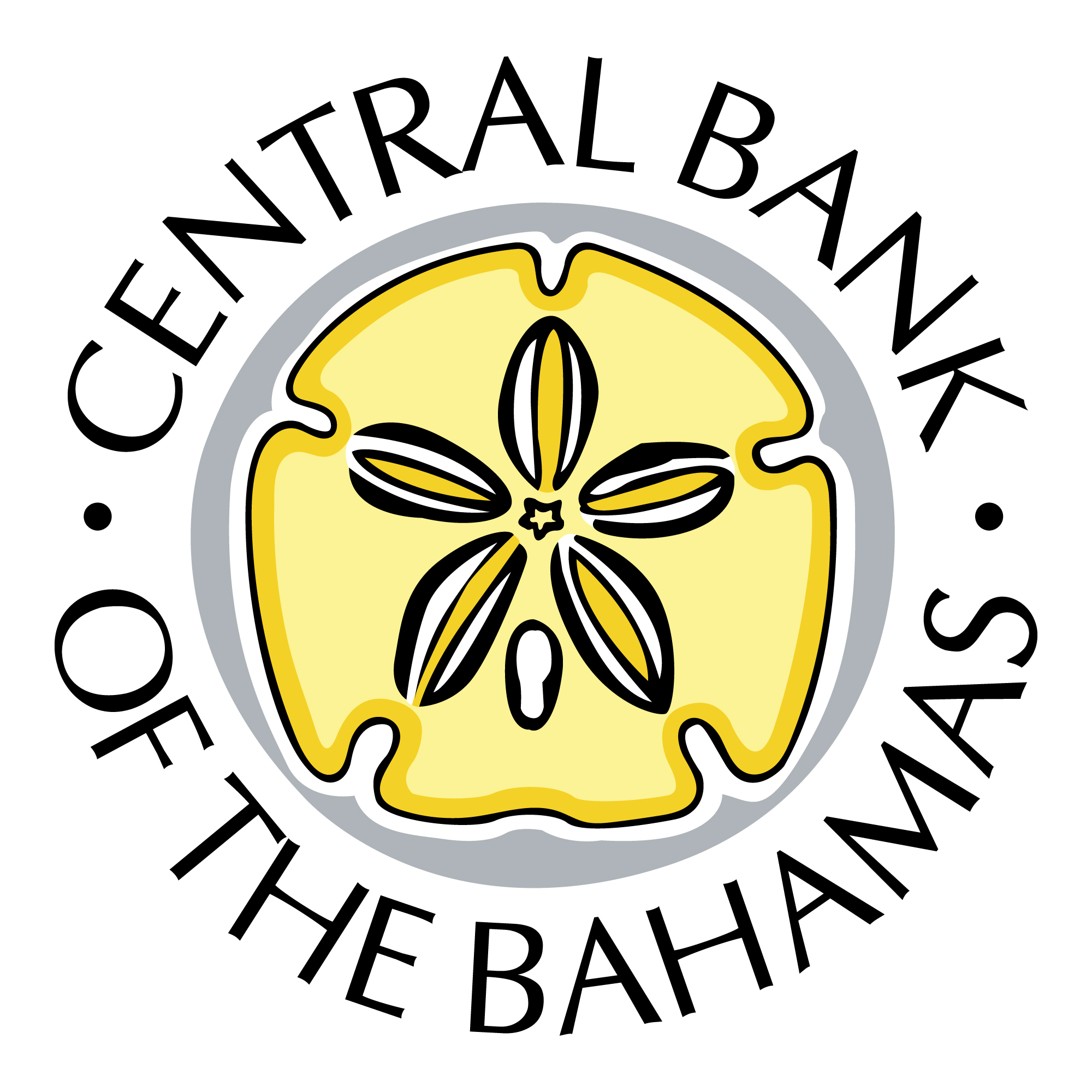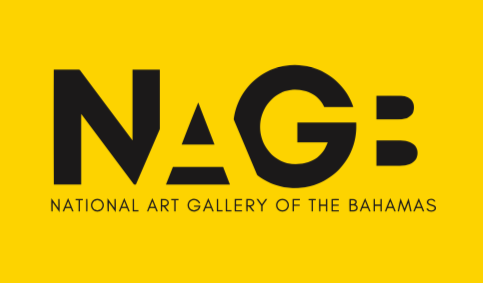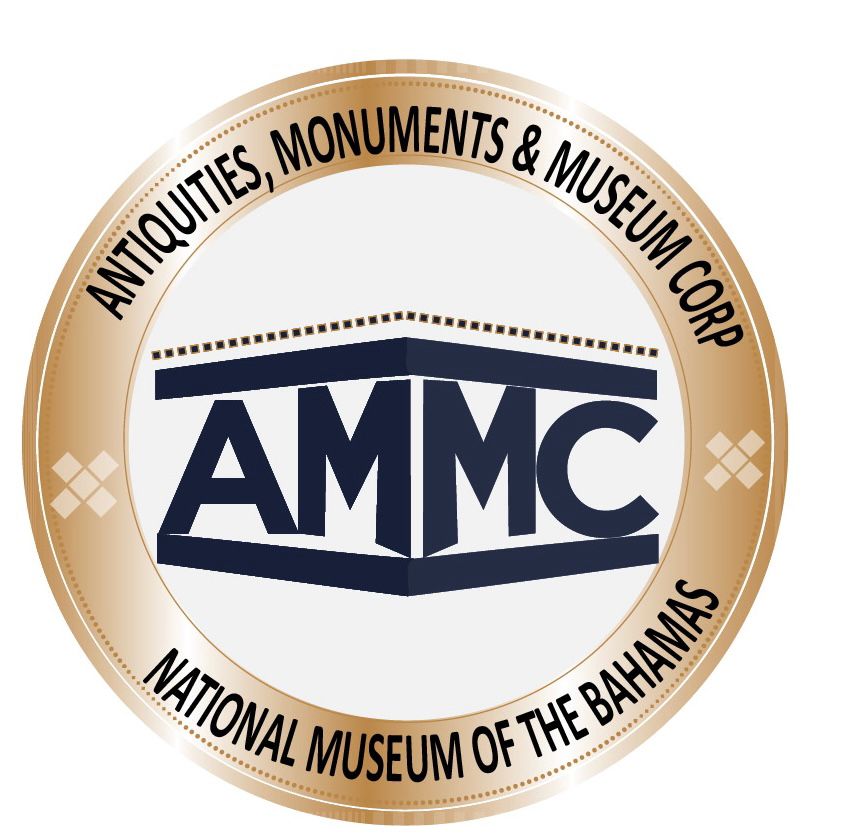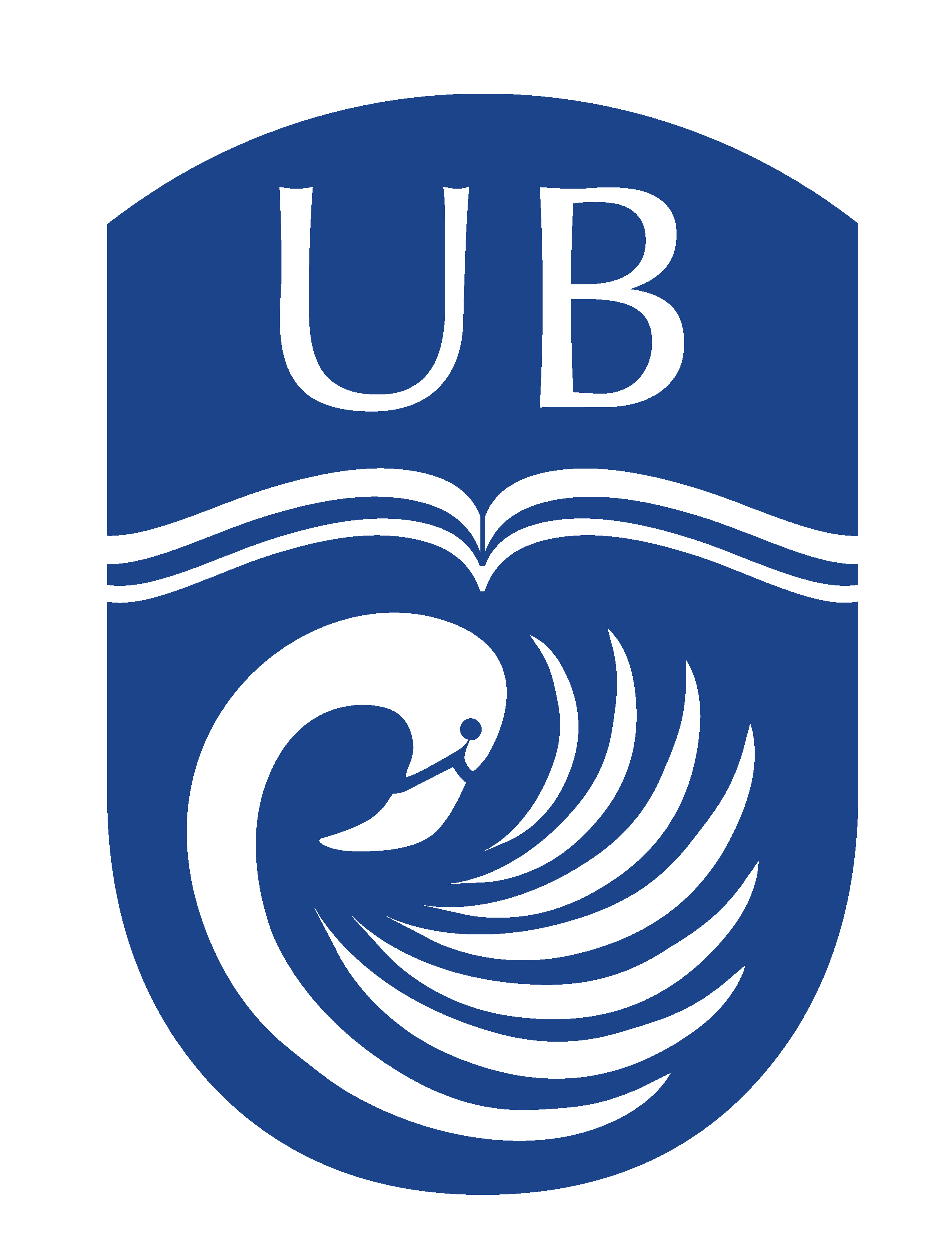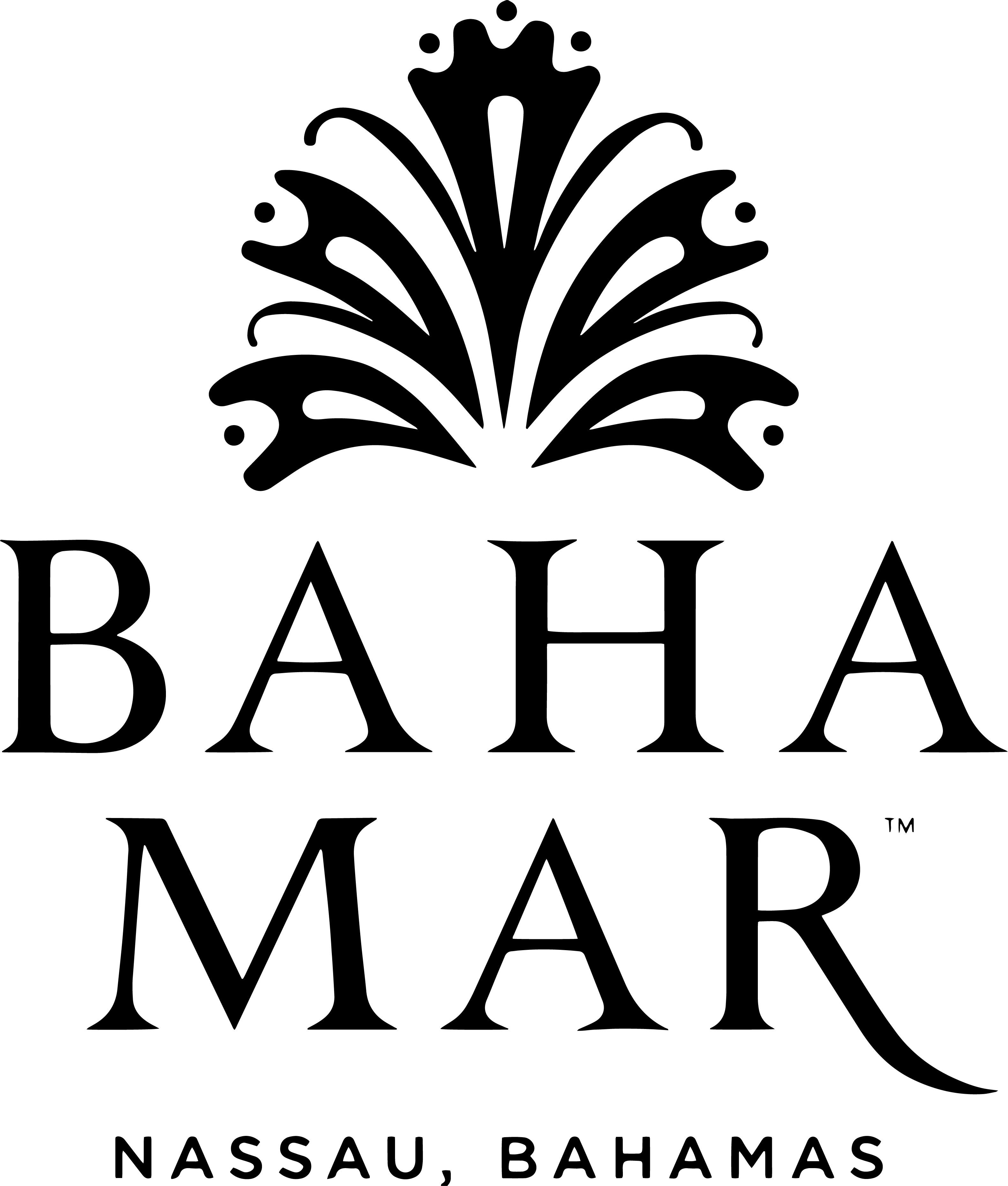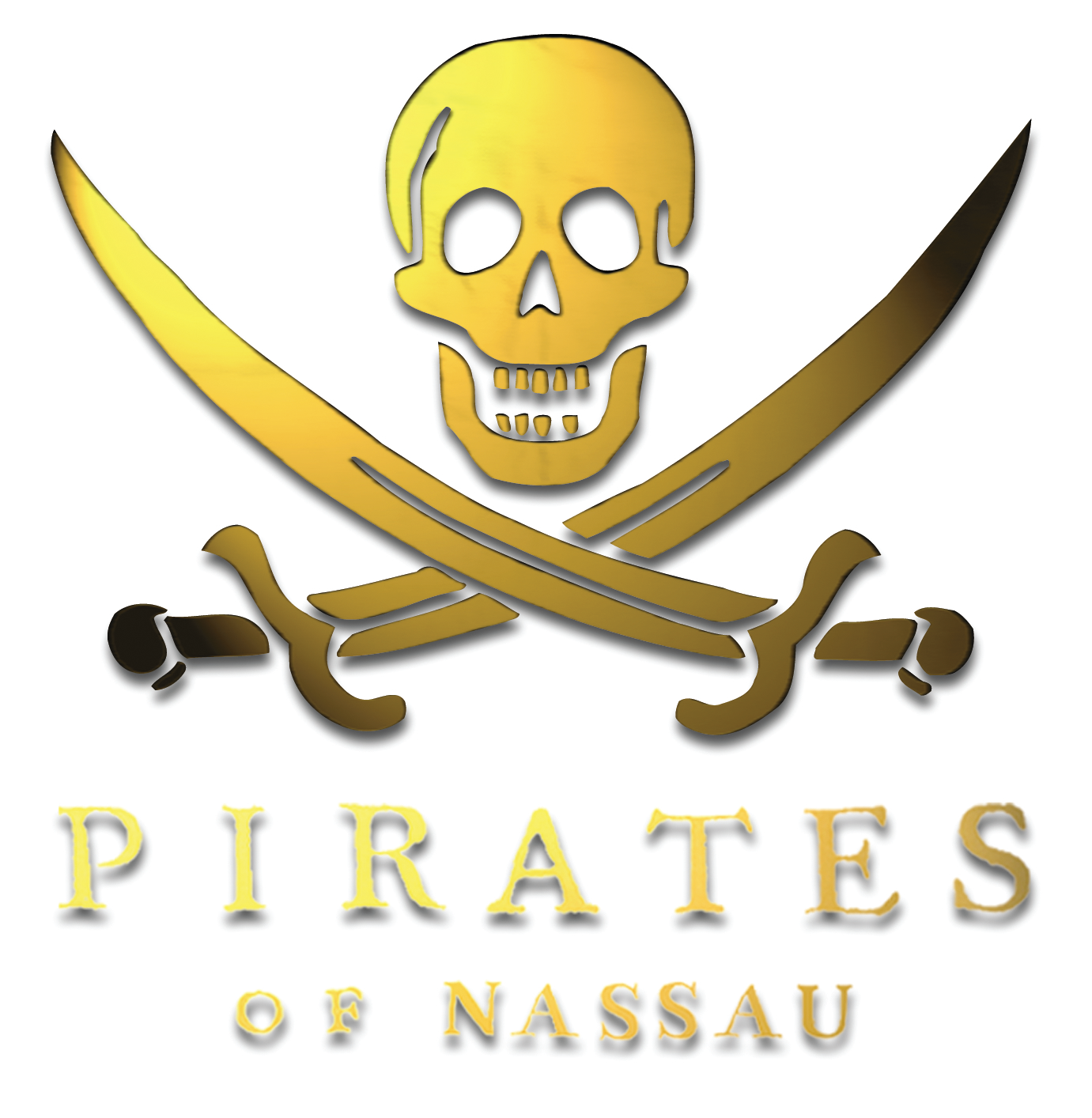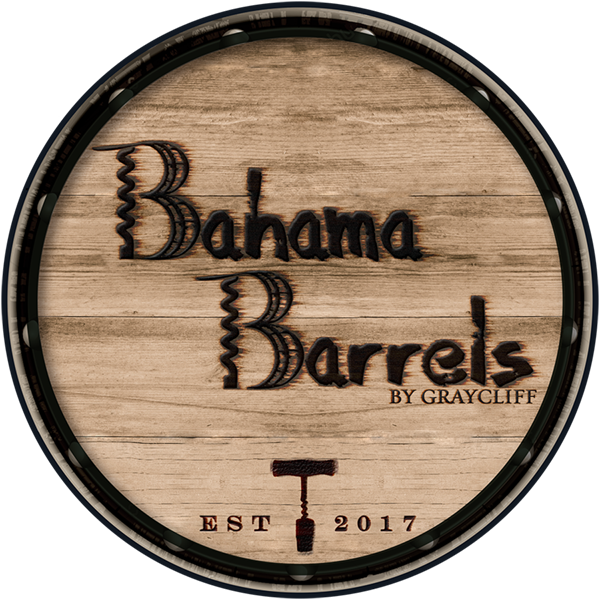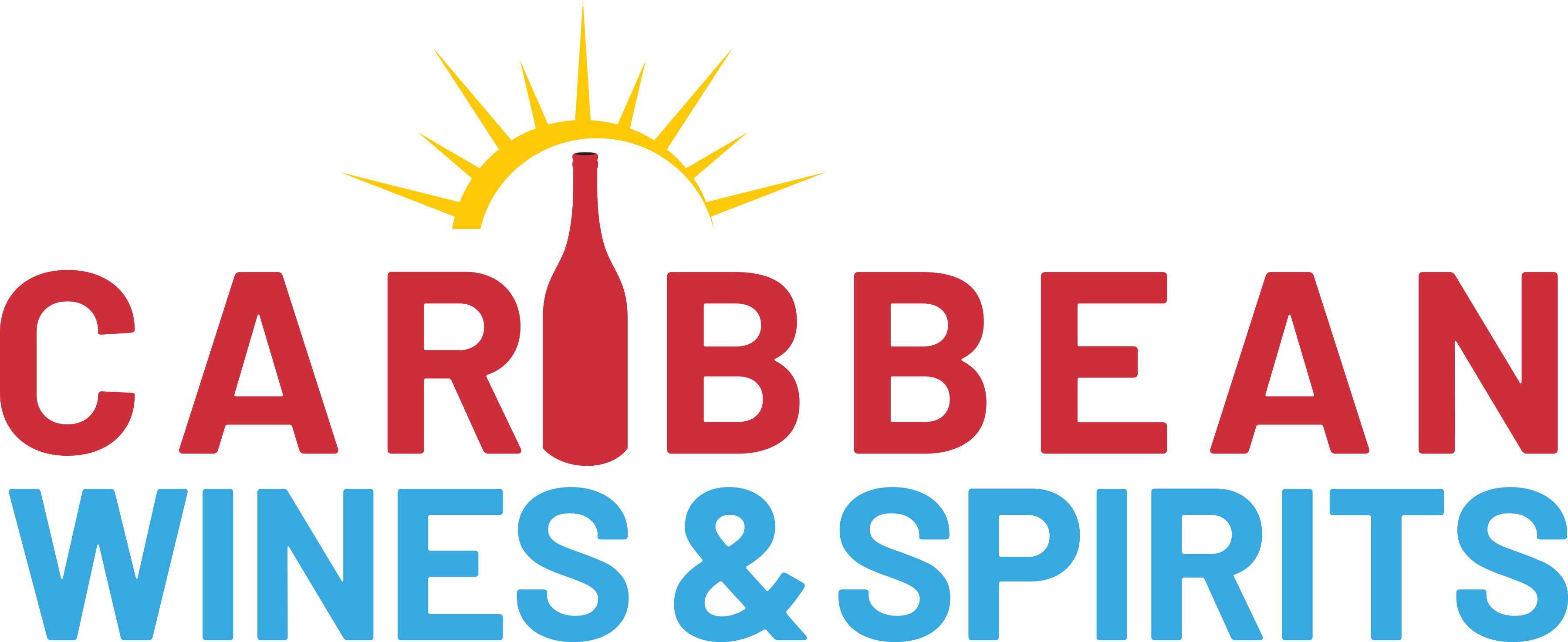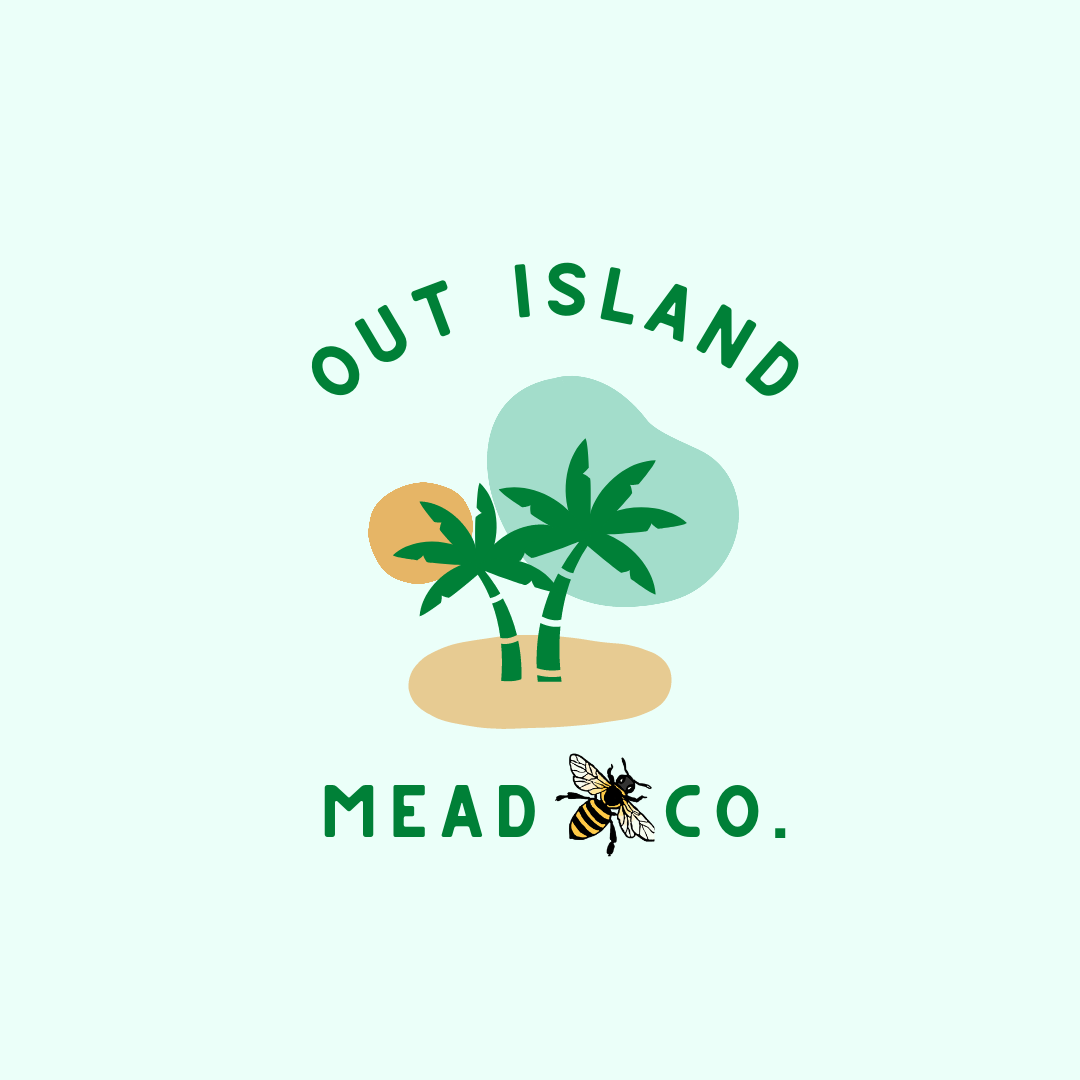#MACBahamas2023
The Power of Museums: Relevancy, Advocacy, Transformation
Host Highlight: Antiquities, Monuments and Museums Corporation (AMMC)
Learn more about the Antiquities, Monuments and Museum Corporation through this interview, conducted by Julia Hirsch, featuring Nameiko Miller, curator at AMMC.
The Antiquities Monuments & Museum Corporation’s mission is to protect, preserve, and promote the historic cultural resources of The Bahamas, and to be the number one conservation agency in the world. We do this while protecting our environment, encouraging research and archaeology, and promoting our historic sites.
Nameiko Miller, Curator
Our vision is to:
- Promote career paths in History, Research, Archaeology, Architecture, Archives and Museums.
- Brand our Historic Sites as culture parks and underwater galleries, where cultural energy is preserved and promoted.
- Become the body that designates Historical Sites, Historical Properties, and Restoration value in order to preserve our Heritage.
- Develop and train employees with a commitment to Preservation, Protection, and Promotion of our Cultural Resources
- Celebrate our Historical Cultural Values and Physical Structures.
What is the history/founding of the AMMC and how does that tie to the history of The Bahamas as a whole?
The National Museum of The Bahamas, Antiquities, Monuments and Museum Corporation (AMMC) is a quasi-government agency that began its operations on July 1, 1999. The corporation, legislated by Antiquities, Monuments and Museum Act 1998 and Regulations 1999, is the nation’s principal heritage conservation and preservation agency.
As early as 1974, legislation was proposed to create a national museum to establish guidelines regarding ownership, acquisition, and treatment of cultural properties recovered in this country. Numerous revisions were made to the legislation. The Department of Archives drafted legislation in 1988 providing for the establishment of the National Museum.
Among the provisions of the draft were the establishment and operation of a National Arts Council of The Bahamas. Addressing the lack of legislation to protect cultural heritage, a new Bill was drafted to provide for the preservation, conservation, restoration, documentation, study and presentation of objects of historical, anthropological, archaeological and paleontological interest; to establish a national museum, conservation and archaeological research center and matters ancillary thereto or concerned therewith. Moreover, in 1993, the draft legislation was amended to include the establishment of a National Art Gallery of The Bahamas. In 1995, government and non-government organizations reviewed the draft. Finally, in 1998, legislation for the protection of Bahamian cultural property emerged in the form of the Antiquities, Monuments and Museum Act. A Complimentary Regulations Act was enforced one year later.
The Corporation presently falls under the Office of the Prime Minister and it is governed by a board of 12 members.
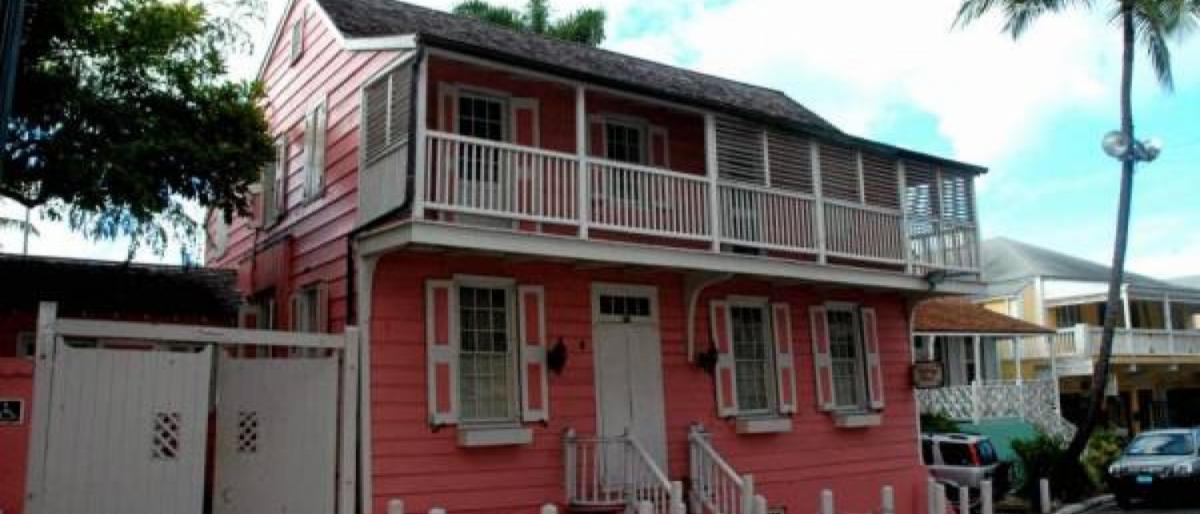
Balcony House Museum
When did your museum begin building its collection?
July
1999.
What are some of your favorite pieces in your museum’s collection? What are some featured artists and/or artifacts in
the collection?
Lucayan Duhos, Lucayan Pottery, and a Crocodile Fossil.
How does your museum support local Bahamian artists, history, and heritage?
At present, the AMMC is responsible for the management of Fort Charlotte, Fort Fincastle, Fort Montagu, the Pompey
Museum, the Balcony House Museum, the Long Island Museum, heritage programs in San Salvador, and archaeology and
historic architectural preservation divisions. The AMMC’s aim is to identify, interpret and preserve Bahamian historical
resources for the education and enjoyment of all persons.
How does your museum engage with visitors in sharing Bahamian art, culture, history, and heritage?
We have embarked upon several initiatives to increase the promotion of Bahamian history to all sectors of the Bahamian population. These initiatives include the development of a Lecture Series on aspects of Bahamian history and heritage.
In addition, our heritage programs feature scheduled historic military reenactments at all the mentioned forts.
Contact Us Information Center
National Art Gallery of The Bahamas
Central Bank of The Bahamas
University of The Bahamas
Antiquities Monuments & Museums Corporation
Conference Contact info
MAC 2023 Conference attendees will have the opportunity to stay in the Courtyard by Marriott hotel in the Downtown/Junkanoo Beach area for a discounted conference rate.
Courtyard by Marriott Nassau Downtown/Junkanoo Beach
W Bay St, Nassau, Bahamas
Click for more detailsCOVID-19 Safety Info
There are currently no requirements to show proof of vaccination to attend the MAC conference. While it will not be required, all attendees who feel more comfortable wearing a face mask and/or maintaining a safe social distance are encouraged to do so. Our current requirements are based on the standards set by the Bahamian government and therefore are subject to change. Please also be aware of masking or vaccination requirements by any airlines, hotels, or other private establishments you will be occupying during your stay.
Stay in the know
Bahamas Ministry of Health https://www.bahamas.gov.bs/health
Bahamas Travel Updates https://www.bahamas.com/travelupdates
Getting to and from the Airport in Nassau
MAC has negotiated a standard rate of $45 USD per ride, plus $2 USD per piece of luggage (standard practice) to and from Lynden Pindling International Airport for all conference attendees. Reserve this rate ASAP by texting the dispatcher below via WhatsApp only.
Taxi Dispatcher
Simone Walker: +1 (242) 813-4933
Note that there is no Uber or Lyft service in Nassau. Taxi rates for the 30–40-minute ride from the airport to the conference hotel are variable and can be expected to cost upwards of $50 USD plus luggage fees. Book the guaranteed rate to avoid any upcharges.




